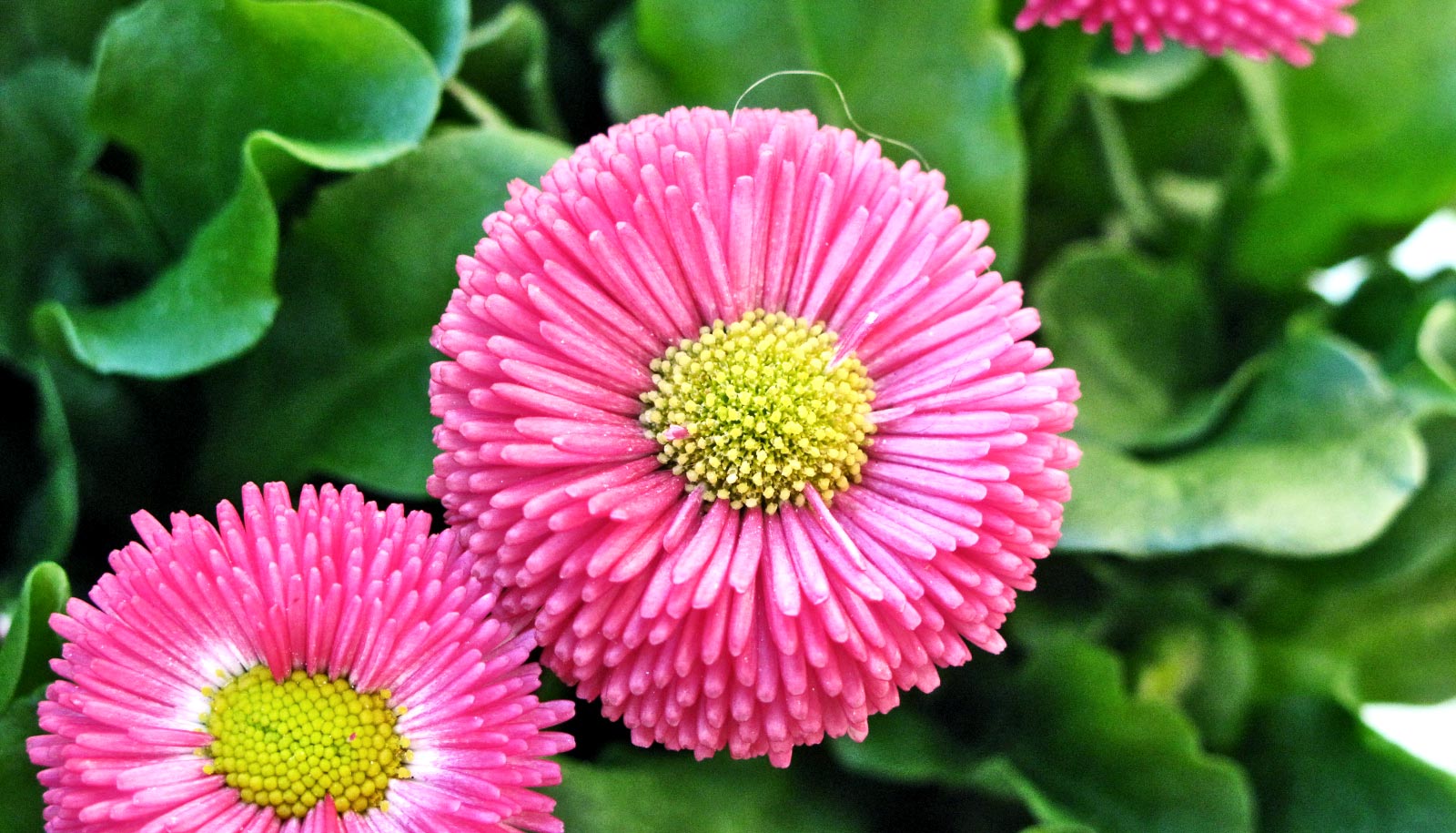The Worst Flowers for Pollen Allergies
You feel it coming on every spring. The allergies begin building up until your eyes itch, your nose starts to run, and there is that persistent scratch at the back of your throat. Then you take an anti-histamine medication that either makes you sleepy or provides questionable relief.
Did you know that the flowers in or around your home could be making your allergies worse? Some flower can produce epic levels of pollen, which can trigger an allergic reaction in almost anyone.
These flowers are the worst offenders.
#1. Asters
These flowers, which are often called daisies, don’t produce high levels of pollen. They do produce a pollen that triggers a powerful allergic reaction in people. If you experience hay fever in the spring, there’s a good chance you have an allergy to this flower.
#2. Baby’s Breath
This flower isn’t usually found in the garden, but it does make an appearance in most professional bouquets. The flowers hit you with a big punch of pollen, even after being cut, that can trigger allergies for you while you’re indoors. The single-flower variety is worse than the double-flower variety, but both could cause problems.
#3. Chamomile
We’re taking this one separate from the Aster family because chamomile grows wild in a surprising number of locations around the world. It is often picked as a weed without people realizing what it is. If you’ve seen flowers that look like small white daisies, then you’ve seen this flower. Here’s the issue: if you’re allergic to the pollen, then you might be allergic to the tea.
#4. Mums
Traditionally, these flowers are a fall favorite. Chrysanthemums will also introduce you to a strong dose of pollen near the end of your allergy season. Because stores like to set these flowers out around the first week of September, you may want to bring along a little help as you go about your errands.
#5. Ragweed
Goldenrod and ragweed look very much alike. The difference between the two is that ragweed is pollinated by the wind. You’ll find them along the road as you drive, the occasional vacant lot, and sometimes in fields or meadows. You’ll definitely feel it if you step into a field with ragweed when the wind is blowing.
#6. Sunflowers
The size of the sunflower makes it a massive pollen generator that can be problematic for people with allergies. Some varieties do have pollen that is too heavy to be carried on the wind, however, so check the variety to see if it is hypo-allergenic.
#7. Trees
Many trees flower in the spring, which offers additional pollen to the counts that happen over the season. Some trees are especially heavy with their pollen, including cottonwood, aspen, willow, oak and birch.
The best way to avoid allergies is to stay away from your potential triggers whenever possible. For those dealing with a pollen allergy, these are the flowering options that you’ll want to remove from your home and yard for a more peaceful experience.

